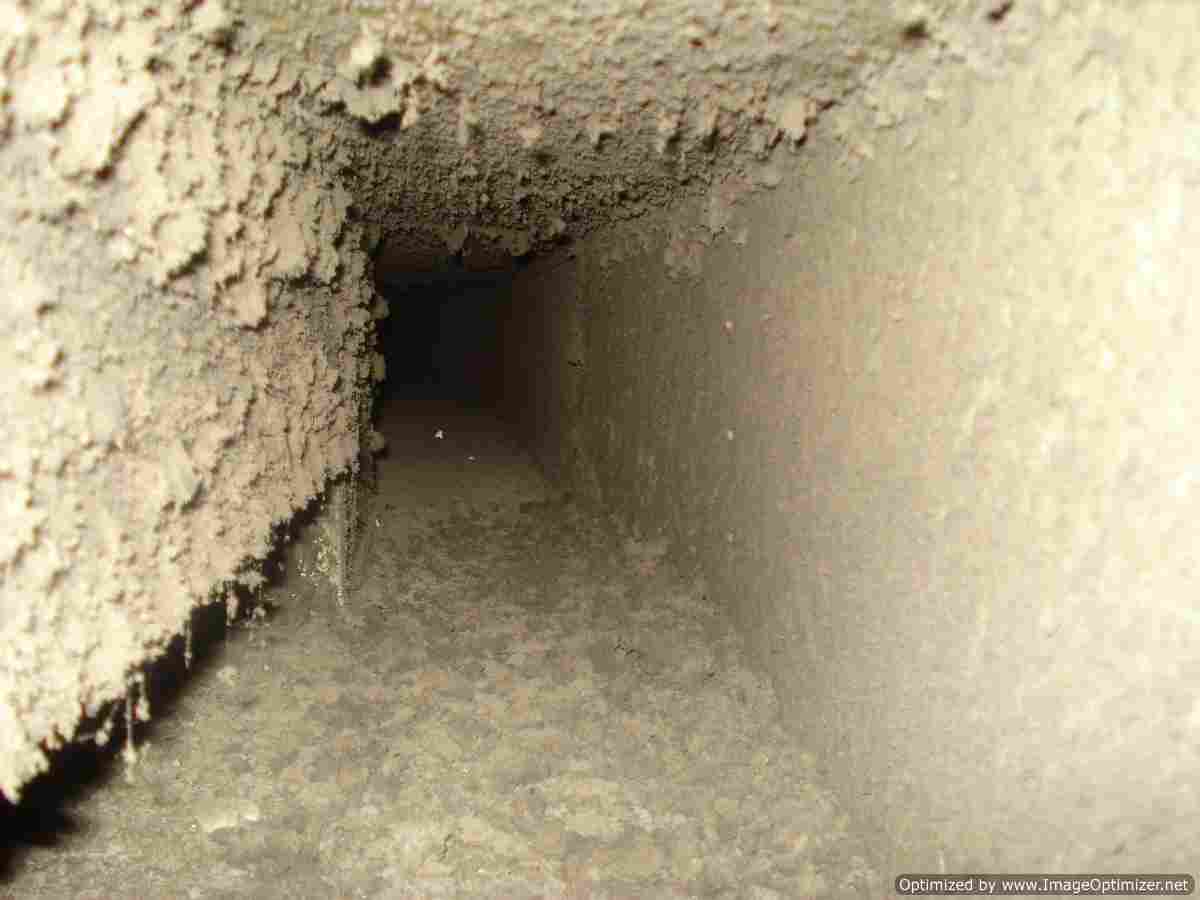THE cleaning and maintenance of hospital ventilation systems is controlled by Part B of HTM 03-01, which recommends all systems should have at least a simple, visual inspection annually. In addition, it states: “Ventilation systems serving critical care areas should be inspected quarterly and their performance measured and verified annually. The quarterly inspection should be a simple visual check; the annual verification will be a more detailed inspection of the system together with the measurement of its actual performance.”
The guideline also provides checklists to help trusts ensure they are complying with HTM 03-01, listing the things that need to be checked and helping trusts assess whether or not their systems need to be replaced.
According to Richard Norman from Indepth Hygiene, the biggest issue with dirty ventilation systems is the risk of the spread of disease through ductwork. He said that, thanks to HTM 03-01 and increasing concern about the spread of MRSA and other healthcare associated infections, hospitals are gradually becoming more aware of the need to keep their ventilation systems clean, and there has been some increase in demand for hospital ductwork cleaning services. However, there is still a long way to go.
“Ventilation systems should be inspected annually at least,” Norman says. “But most have never been cleaned.”
Malcolm Randall from HML agrees. “People don’t really look above the eyeline and think of the ventilation system,” he said.
Randall recommends systems be checked twice a year. “If you look twice a year, it will also give you a good idea of what you need to budget for, as you will have an accurate report about what needs to be done.”
The first good clean of a ventilation system should be when it is first installed – with both a pre-commission and a post-commission clean. This initial work not only ensures that dust from installation and construction is cleaned out, but also enables the contractor to check that no tools or other debris have been left behind.
If someone is going in for a big operation, they expect there to be clean tools, for the surgeons to have scrubbed up, and for surfaces to be clean, but the ventilation system is probably dirty
However, according to Randall, these steps are often missed out when budgets get tight. On one project, Randall says, they found crisp packets and magazines from the 1960s still in the ductwork, showing it had never been cleaned.
“Dirty ductwork is also a fire hazard,” he says. “If it catches alight, it can be spread by the ventilation fans. Fire dampers should help prevent this. However, they are sometimes left open and fire can spread.”
Ductwork cleaning companies such as HML and Indepth Hygiene use a range of different methods to clean the ventilation systems, but they work to the standards set by HTM 03-01, as well as the HVAC (Heating and Ventilator Contractors Association) standard TR19. HVAC members are regularly inspected to monitor their technical and commercial competence.
Ian Wall from ventilation system cleaning company, Ductbusters, is concerned that, while there is a legal requirement to inspect ventilation systems, there is no requirement to clean them.
“If someone is going in for a big operation, they expect there to be clean tools, for the surgeons to have scrubbed up, and for surfaces to be clean, but the ventilation system is probably dirty,” he says. “Until there is a legal requirement, we will continue to have dirty ventilation systems blowing into special care and other units.”
However, Wall recognises the challenges faced by trusts – the budget constraints and the difficulty organising a shutdown in a theatre. But ignoring the state of the ventilation system can have dire consequences. He tells the story of a hospital in the North West in which a baby in a special care baby unit died of aspergillus bacteria.
“Eighteen months before we had given them a quote for cleaning the ventilation system, but it was turned down because of for budgetary reasons. Two months after the baby died, we got the contract to clean the systems,” Wall says.
Although the cleanliness of ventilation systems is neglected in many hospitals, there are some that are doing their best to comply with HTM 03-01. One of these is the Royal Orthopaedic Hospital (ROH).
“The main challenges are the commitment needed to get the work done and the financial implications,” comments ROH estates manager, Dave Cooke. “You need to plan both financially and physically through the year.”
Until there is a legal requirement, we will continue to have dirty ventilation systems blowing into special care and other units
The hospital contracts an external duct cleaning company to inspect its ventilation systems and maintain them according to the requirements of HTM 03-01. At the end it receives a certificate guaranteeing the work.
In its catering area, some cleaning is also done on a weekly basis – part of a requirement of its insurance provider that fat filters be cleaned every seven days.
But Cooke sees this as a necessary part of maintaining a safe facility.
“Like many aspects that relate to an estate, the balance is between financial budgeting and meeting the needs of the service,” he comments.





